Cosmic Joke or Trap? The Truth behind a 66 Million Year old case
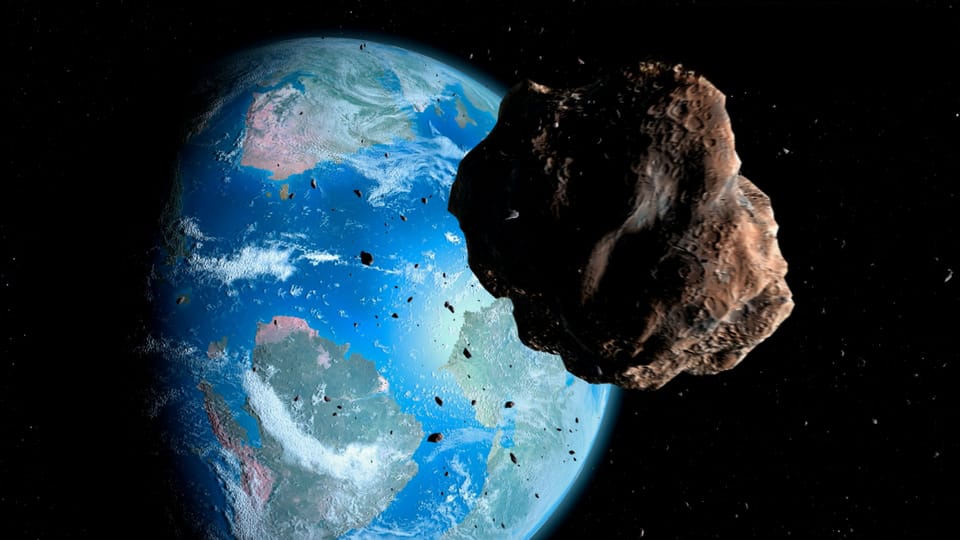
Millions of years ago, Earth was barely recognisable. No cities, no signs of human life, and an abundance of water and food: a dinosaur paradise. Just a small catastrophe was enough to disturb this peace: an asteroid. It is widely known that an asteroid was the culprit. Nonetheless, late evidence suggests the asteroid was only a small factor to the extinction. Is it possible that the dinosaurs suffered from two terrible causes?
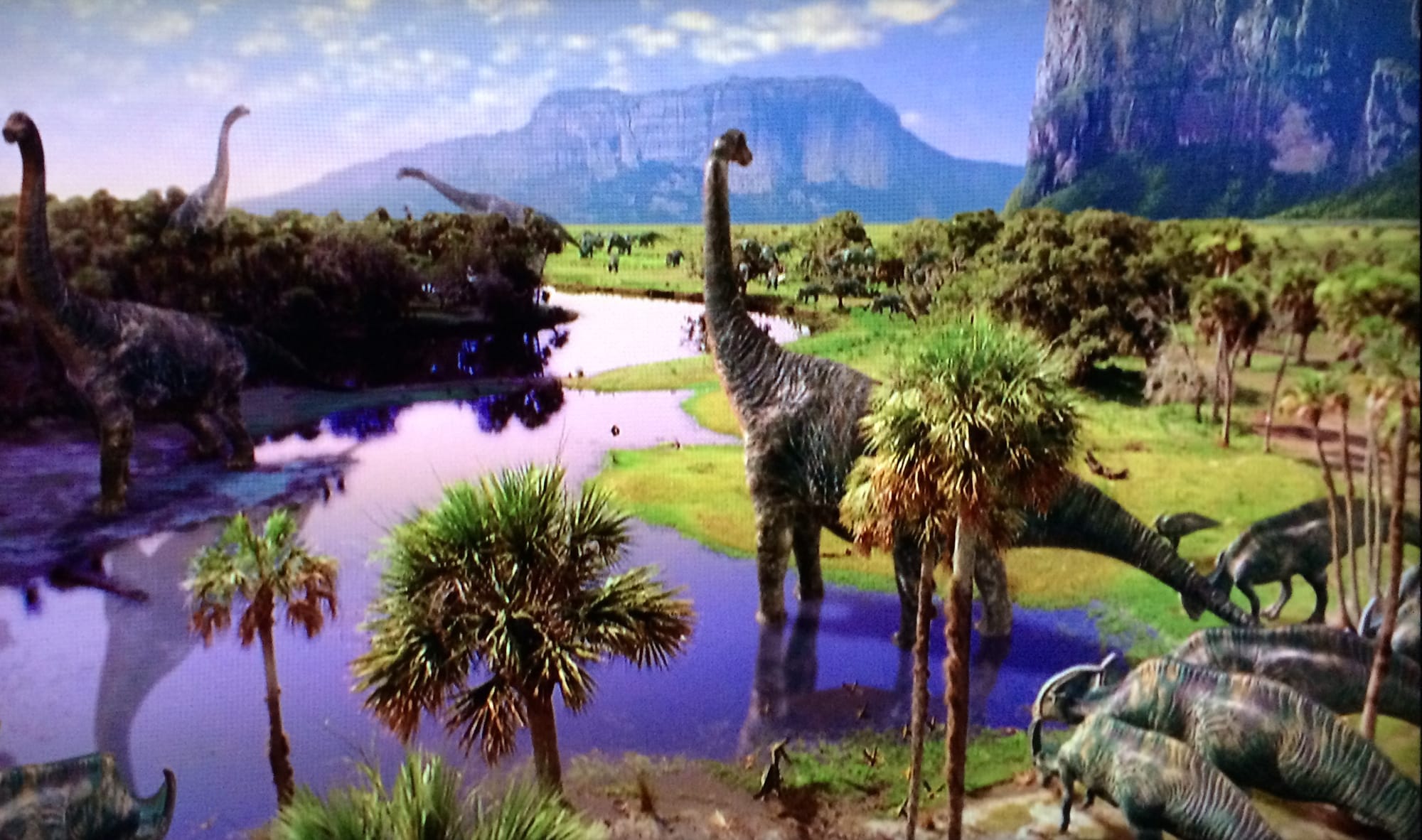
Rewinding back to the last days of a gone kingdom, dinosaurs were ubiquitous and viewed the pristine Milky Way Galaxy. Everyday was similar to the last, until one Tuesday afternoon. A bright star appeared and only days later, there were two suns. In seconds, the asteroid ripped through the atmosphere and crashed into Earth with the force of 4 million atomic bombs. Pausing time, a mushroom cloud, a blinding white, and nothing. A hit-and-run by an asteroid, marking the end of a 150-million-year-old kingdom. What a conceivable explanation. However, late evidence indicates the Deccan Traps killed the dinosaurs, and in just two phases.
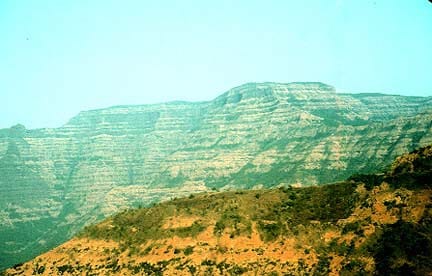
While the dinosaurs enjoyed their way of life, a sinister trap lurked underneath. The Deccan Traps span over a thousand kilometres and are underground lava deposits. Before the extinction, Deccan Traps released thousands of {measurement of} CO2 daily producing insidious effects. The traps crossed the line when it started to vomit lava 300,000 years before the asteroid impact: the floor is lava. The volcanoes spread poison and ash down the victim's lungs. Had it stopped there, it would only be a minor disaster compared to others. Be that as it may, the traps were stubborn and refused to stop, building upon a second phase.
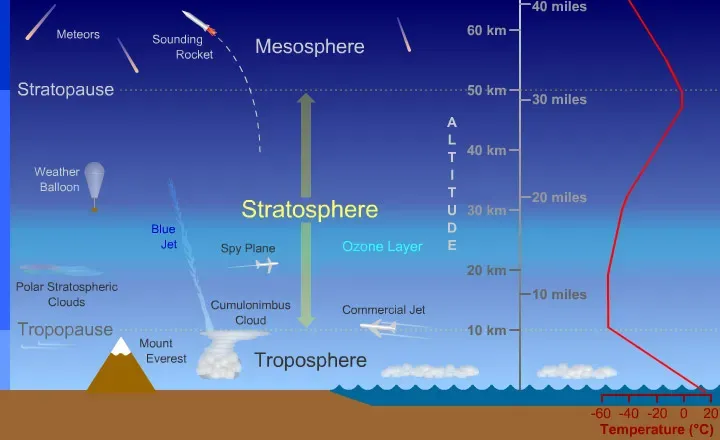
For hundreds of thousands of years did the Earth stand up to the emissions, only for it to get worse. The oceans became 2 degrees hotter. The Deccan Traps heated and cooled the landscape. The temperature range varied greatly as a period of droughts followed after an epoch of coldness. The sulphur in the atmosphere paved the way for acid rains while the CO2 acidified the oceans, leading to a decline in dinosaur populations. The Deccan traps formed new volcanoes, leading to hypercanes which eradicated the stratosphere, making the dinosaurs vulnerable to radiation. The last of the dinosaurs spewed out foams of acid as they went to an unwakeable slumber, as an asteroid doubled their pain.
The debate regarding the extinction of the dinosaurs has been discussed for years though the answer to all the quarrels and squabblings is under humanity's nose. Deep caverns and craters provide evidence that the Deccan Traps indeed was a primary factor in the extinction of the dinosaurs and the asteroid assisted in doing so. As if all a cosmic joke, the Deccan Traps and the asteroid conspirated with each other, leading to the devastation of Earth and her majestic beasts twice as much.

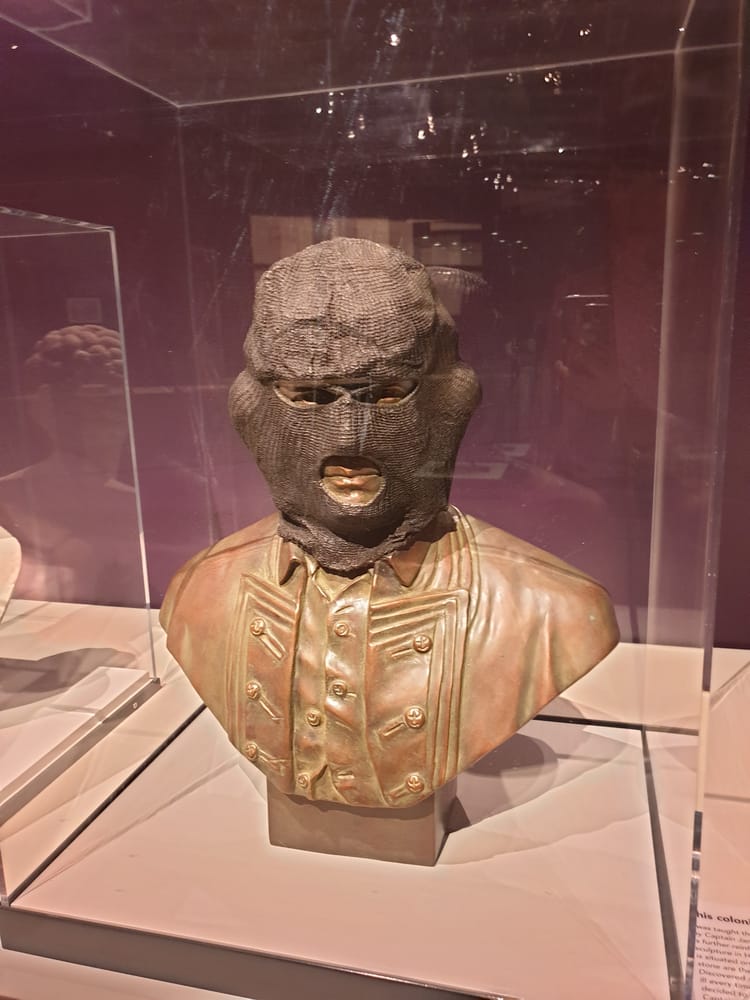


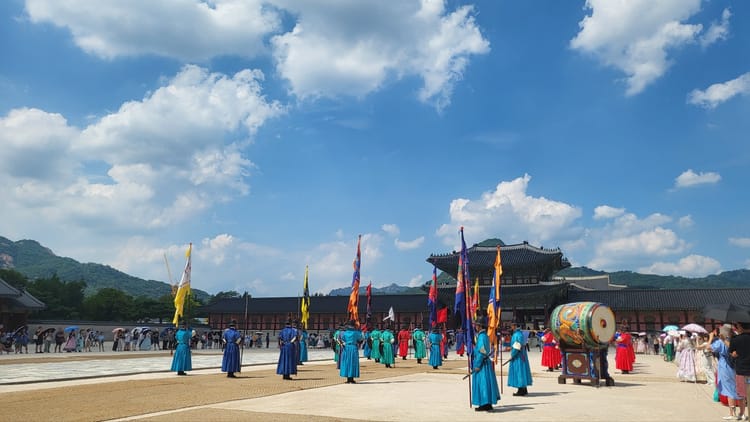
Member discussion